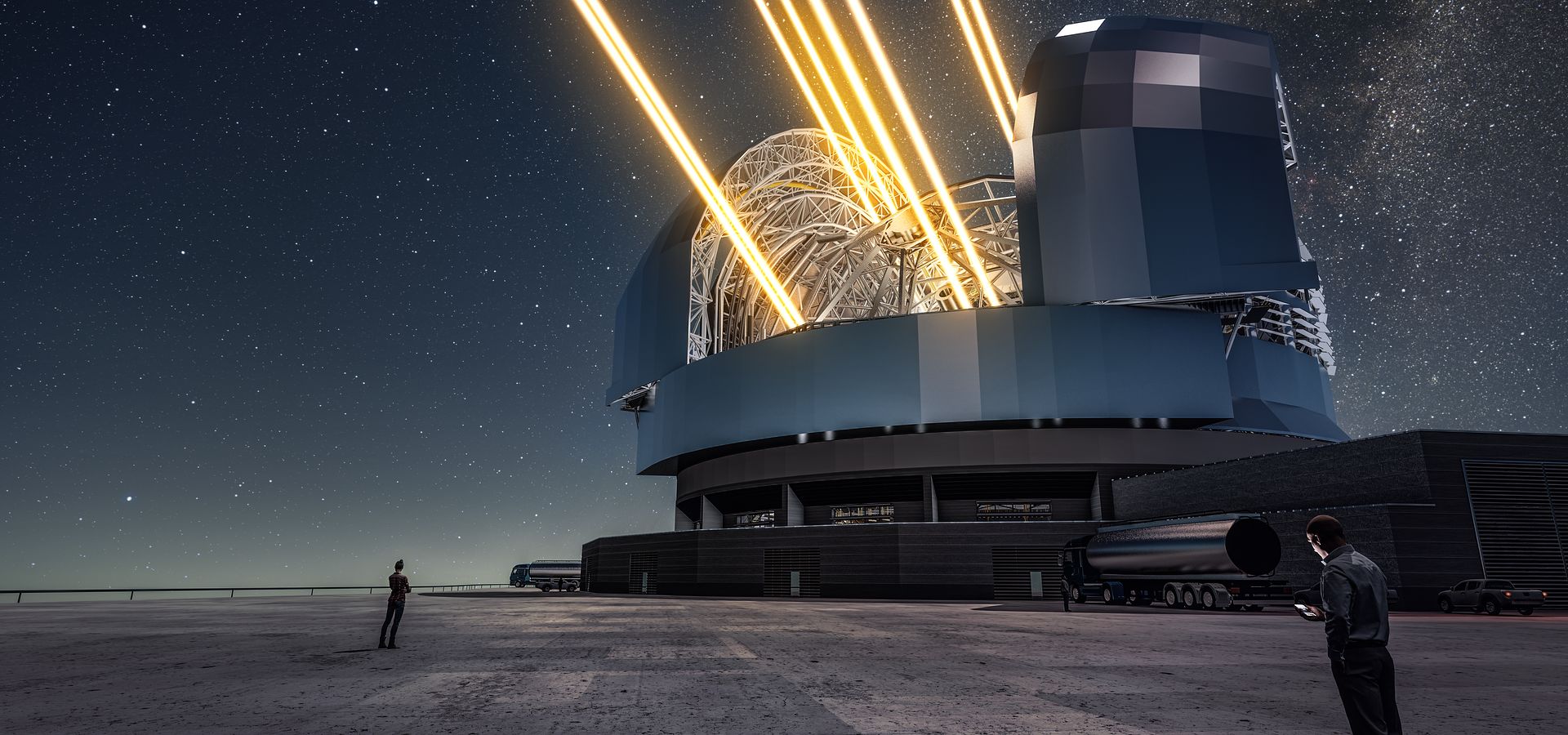- How thinking big and aiming high is creating the “world’s biggest eye on the sky”
- What the day-to-day work looks like for some of those working on the ELT, and how they relax outside of work
- Some of the rewarding aspects of working in science and on the ELT
- How ESO scientists, engineers and administrators found their careers in astronomy
Bigger than all existing optical research telescopes combined, ESO’s Extremely Large Telescope (ELT) will drive astronomy into the future, tackling the biggest scientific challenges of our time. But to construct such an innovative and powerful telescope, it takes many different people working in an enormous variety of roles. In this series of blog posts, we hear from some of the people working on the ELT, exploring the work they do to help us reach the stars.
Roberto Tamai (ELT Programme Manager)
Jutta Quentin (Technical Engineering Assistant)
Gerd Jakob (Cryogenics Expert)
Juan Carlos González (Lead Systems Engineer)
Christine Bachmaier (Programme Assistant)
Henri Bonnet (Wavefront Architect)
Stefano Stanghellini (Dome and Telescope Structure Project Manager)
Jimmy Arancibia (Civil Engineer)
Roberto Tamai (ELT Programme Manager)
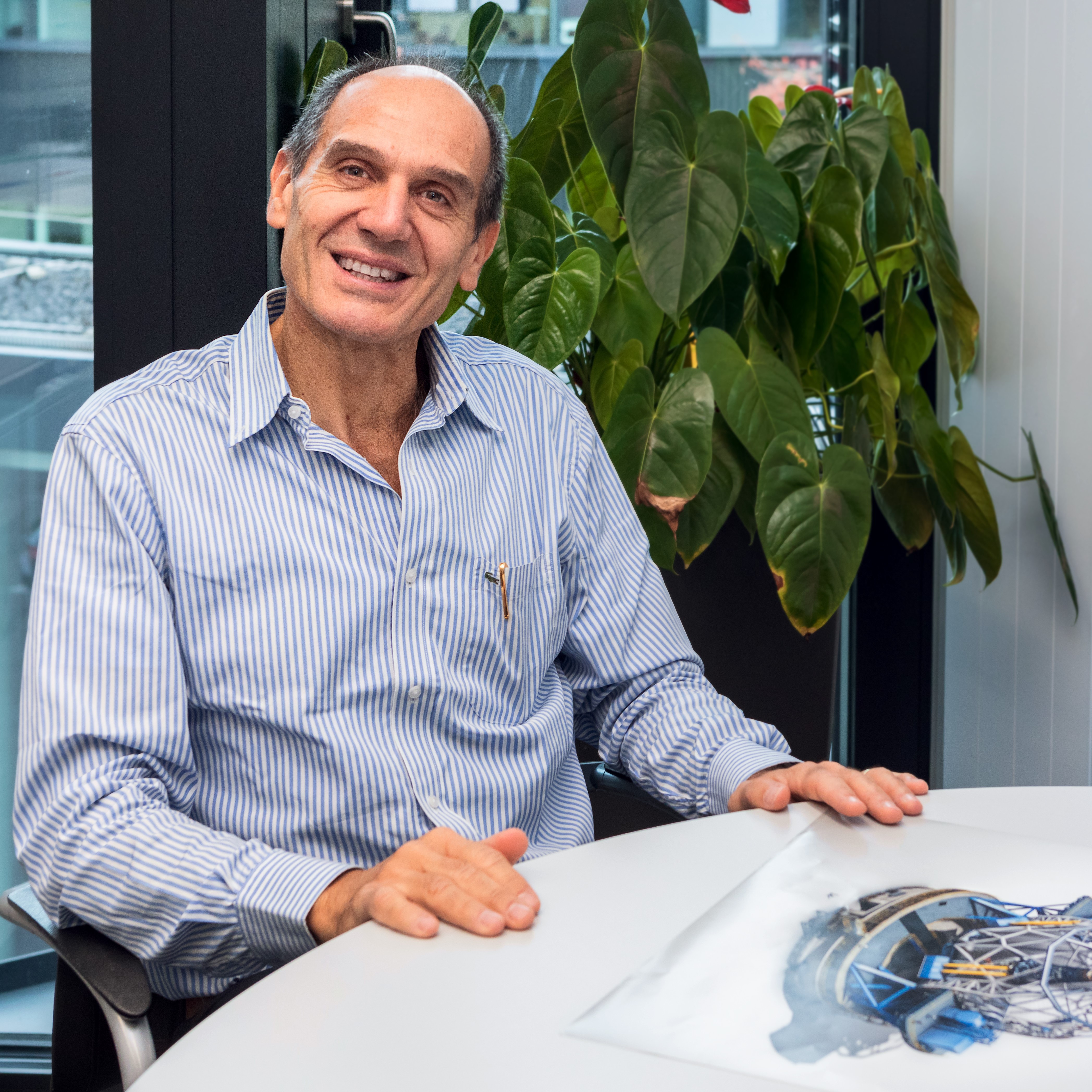 Roberto Tamai in his office at ESO Headquarters, sitting behind a 3D rendering of the ELT.
Credit: ESO/P. Horálek
Roberto Tamai in his office at ESO Headquarters, sitting behind a 3D rendering of the ELT.
Credit: ESO/P. Horálek

"I see my role as trying to keep the whole ELT team enthusiastic and motivated: we are constructing the biggest highway towards a better understanding of astronomy of our era, and we should all be proud of this, despite the immense difficulties we are overcoming together along the way.
My workday typically starts at around 06:30, checking emails from colleagues in Chile. Then once in the office (or at my home PC whilst COVID-19 keeps us from the office!), I meet many different people, exchanging with them upon various matters until late in the evening so that I can meet people in ESO Headquarters in Germany, as well as in Chile. Either after that, or between meetings, I proceed with other tasks, such as reading documents, writing reports and preparing presentations.
I feel so happy when people leave my office with a clear path forward having discussed some difficult situation. But my soul remains that of a mechanical engineer; I have the joy of a young boy when I see hardware working properly, and that of the ELT is gorgeous!
Sleep is often interspersed with work thoughts and sometimes solutions or memories of unanswered emails! But one of the few situations where I can really unplug from the ELT is when sailing. I also enjoy walks with my wife, reading books, "fixing things at home" or anywhere else, helping my two daughters with their day-to-day tasks, cycling, riding my motorbike or doing sports like tennis, skiing, snorkelling or simply running."
Jutta Quentin (Technical Engineering Assistant)
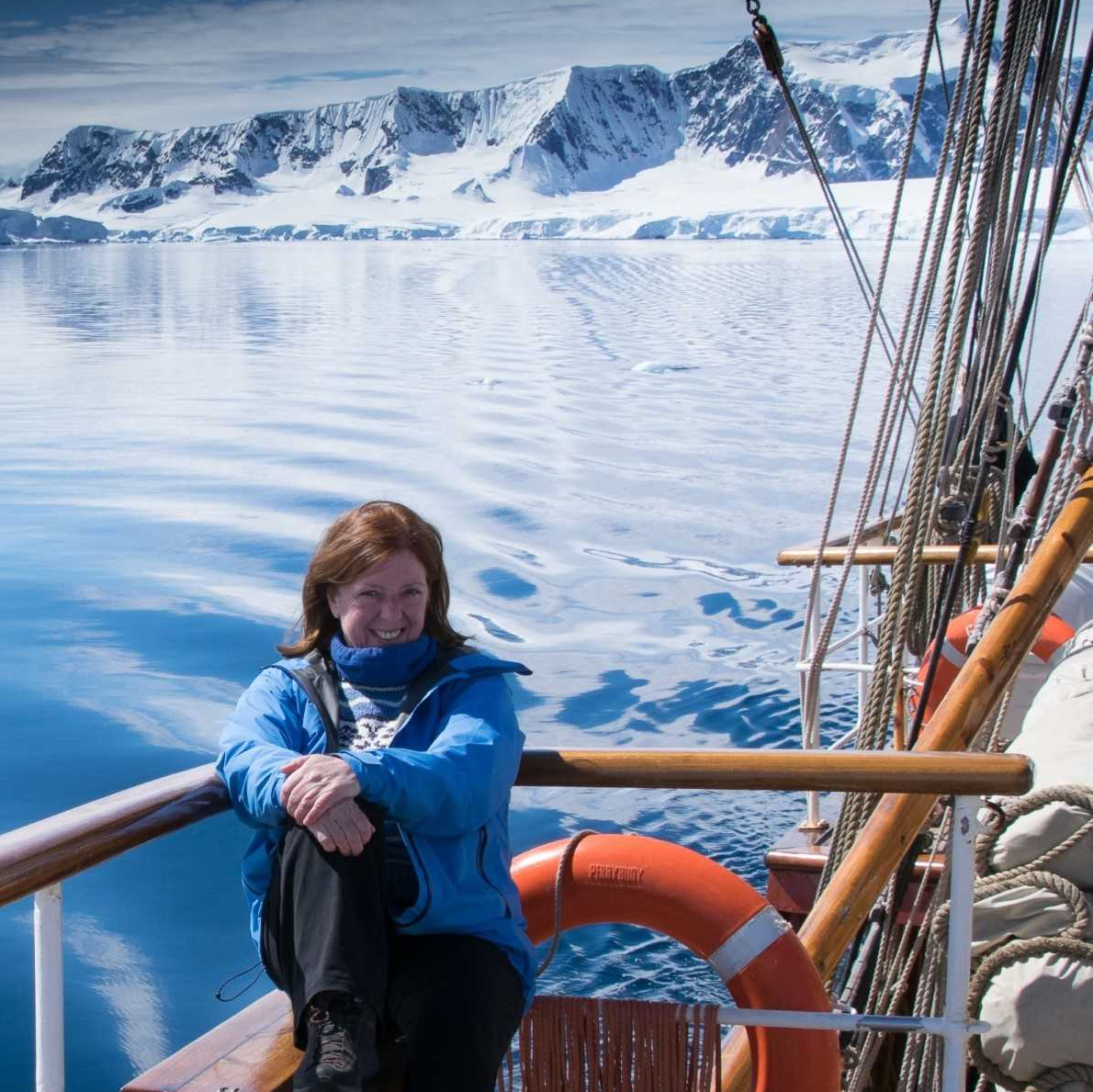 Jutta Quentin on a sailing trip in Antarctica.
Credit: ESO/Jutta Quentin
Jutta Quentin on a sailing trip in Antarctica.
Credit: ESO/Jutta Quentin

"Teenager-Jutta once reluctantly accompanied her father to the open house day of the company where he worked as a designer. Rulers, drawing compasses, inkwells, technical pens... they were just as boring as the transparent sheets on large drawing boards. All these strange geometries, countless numbers and weird symbols were more than confusing, but surprisingly, all of this came to life seeing the hardware in the workshops and labs. At the end of the day, she was thrilled — this led to professional training as a Technical Product Designer some years later.
After several years of experience in industry, most recently in aircraft construction, I literally entered a different world at ESO. Being part of the engineering team that developed the VLT from the very beginning, I learned a lot about the fascinating world of telescopes. Specifically, I was working on the laser guide star facility — sometime later it was incredibly touching to see them beaming into the sky for the first time!
Now it is time for the ELT — the giant telescope of the future! Such a project consists of countless high-tech components built by different contractors. Assembling them is particularly challenging; after all, it takes place in the Chilean desert! To avoid spatial overlaps and ensure that all subunits fit perfectly it is essential to precisely define the different building volumes and their connection points, and it is my job to create 3D models and drawings of these "design volumes" and "interfaces". Furthermore I am involved in designing the hardware that will be used at the "first light". All of this is teamwork and right up to the perfect solution it requires daily discussion. I love it when my virtual components finally become reality and I can touch the hardware — and everything fits!
Outside of ESO I frequently attend cultural events and with a curiosity to learn about other people, cultures and countries, I love to travel. Particularly impressive were bus tours on my own in Lebanon, Syria and Jordan, trekking tours in Morocco, Kamchatka and Mongolia and a breathtaking sailing trip to Antarctica."
Gerd Jakob (Cryogenics Expert)
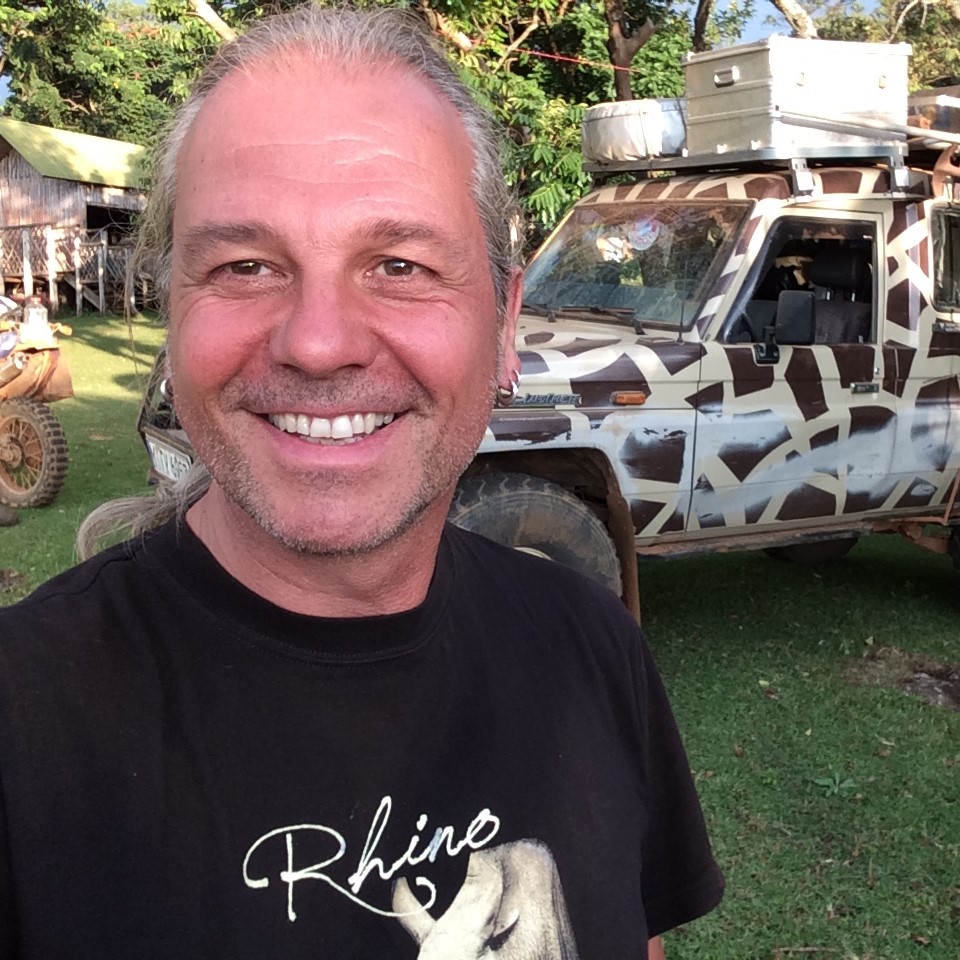 Gerd Jakob with the Land Cruiser — affectionately named "Toyi" — that he uses to travel around Africa.
Credit: ESO/Gerd Jakob
Gerd Jakob with the Land Cruiser — affectionately named "Toyi" — that he uses to travel around Africa.
Credit: ESO/Gerd Jakob

"I am fascinated by the challenges arising simply due to the size of the ELT. Each instrument is about a factor of ten larger than any instrument ESO has ever built before and most of them will be permanently cooled to below -200°C to achieve the best possible sensitivity. I am responsible for the technologies enabling this cryogenic cooling. It is part of my job to find prospective cryogenics and vacuum technologies which will work reliably over the next 20–30 years of ELT operation. This is definitely a new area and it is a great pleasure to be part of a trendsetting team developing something that has never existed before.
I knew nothing about cryogenics until I had the privilege to work on a spectrometer for ESA's Infrared Space Observatory, which was tested on the ground at -270°C. I progressed fast in learning by doing, and after a couple of years I was called the expert! I was then assigned as a cryogenics engineer for PACS, a far-infrared camera and spectrometer onboard ESA's Herschel Space Observatory. The launch of Herschel in May 2009, including a fully functional and deeply cooled PACS at -270°C, was the most memorable moment in my career so far. Hardware built with my own hands, now sent to space, a really great achievement in my life. I believe another most memorable moment is still ahead, when the ELT first light instruments are deeply cooled down to cryogenic temperatures and fully operational at the ELT site.
When I’m not working on the ELT, you're likely to find me exploring Africa with my own vehicle. Over the past thirty years I have been there once or twice a year, visiting a total of forty countries. I started with long range trips to the Sahara and some years later I crossed the continent on a long way down to the Cape of Good Hope. The journey is not over yet; in recent years I have been travelling with my car in east Africa, and I am looking forward to the next episodes. Feel free to look up "les amis des girafes" to keep track of my adventures."
Juan Carlos González (Lead Systems Engineer)
 Juan Carlos González at Cerro Armazones in March 2016, just after completing the preparation of the summit (the ELT site). Paranal Observatory — home to ESO’s Very Large Telescope — can be seen in the distant background.
Credit: ESO/Juan Carlos González
Juan Carlos González at Cerro Armazones in March 2016, just after completing the preparation of the summit (the ELT site). Paranal Observatory — home to ESO’s Very Large Telescope — can be seen in the distant background.
Credit: ESO/Juan Carlos González

"There have been so many memorable moments working on the ELT that I cannot pick one out as being the most memorable. The opportunity to contribute to the machine that will hopefully allow human beings to get the first clear evidence of life outside Earth, and the opportunity to contribute with my love of engineering, is just incredible.
As a child, I always liked playing with technical systems, and I still enjoy hobbies related to electronics and controls, so my path has always been clear! As Lead Systems Engineer, I manage a team of 12 people to make sure that the ELT's science needs are properly converted into engineering requirements at system level, and that these high-level requirements flow down to, and are met by, the subsystems. At the moment, most of the subsystems are in the detailed design phase or even being constructed, so the activity of the systems engineering team mostly focuses on analysing potential changes to the subsystem requirements, as well as defining details that were not covered by the requirements but still need to be discussed and agreed.
My life isn't all about engineering though. In my spare time I do some amateur astronomy; I recently bought a small but still powerful enough telescope and have started to explore the night sky. And I like to cycle in the Bavarian countryside when the weather is nice."
Christine Bachmaier (Programme Assistant)
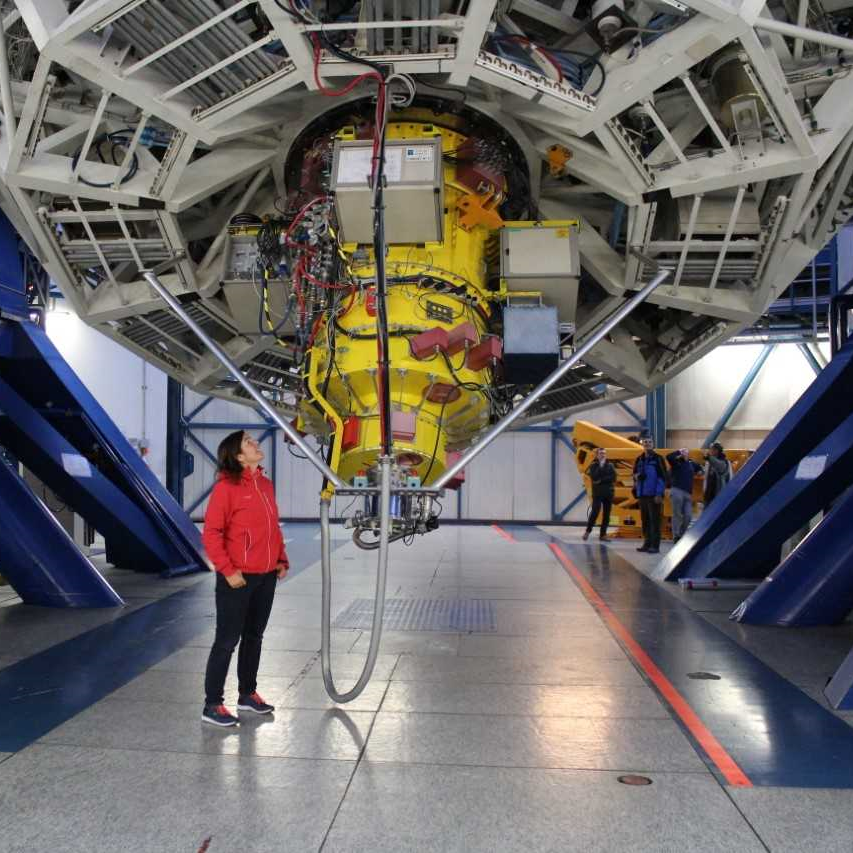 Christine Bachmaier admiring ESO’s Very Large Telescope during her first visit to Paranal Observatory for the ELT’s first stone ceremony in 2017.
Credit: ESO/Christine Bachmaier
Christine Bachmaier admiring ESO’s Very Large Telescope during her first visit to Paranal Observatory for the ELT’s first stone ceremony in 2017.
Credit: ESO/Christine Bachmaier

"I really enjoy working with colleagues from all over the world. It fits with my love of travelling and getting to know other cultures and people; for example, I’ve been on the trail of "Dances with Wolves" in the national parks of North America, and travelled through Sri Lanka, the pearl of the Indian Ocean. My first time in Chile was when I co-organised the ELT’s first stone ceremony, marking the beginning of the construction of the telescope. It was amazing to see the Atacama Desert with its red landscape, watching how the shades and colours change during the day, the blue skies, and then the sunset in the evening. But the most memorable moment was seeing the Milky Way at night. It was such an incredibly fascinating moment. It seemed that I could touch the stars!
I got in touch with science and engineering for the first time when I joined the ELT team after a year and a half as a human resources assistant at ESO. Working with astronomers and engineers in the ELT team, I am learning a lot, and I find it fascinating. My daily tasks range from organising meetings and trips and dealing with administrative processes, to preparing, following up and managing documents in the ESO data management system. Many unforeseen and short-term changes are the order of the day; I am the contact person for many people in the ELT team, which requires a lot of flexibility but also makes every day different. I am happy to work in this multicultural environment, support my colleagues in getting their daily tasks done, and feel responsible that the secretarial office is running smoothly."
Henri Bonnet (Wavefront Architect)
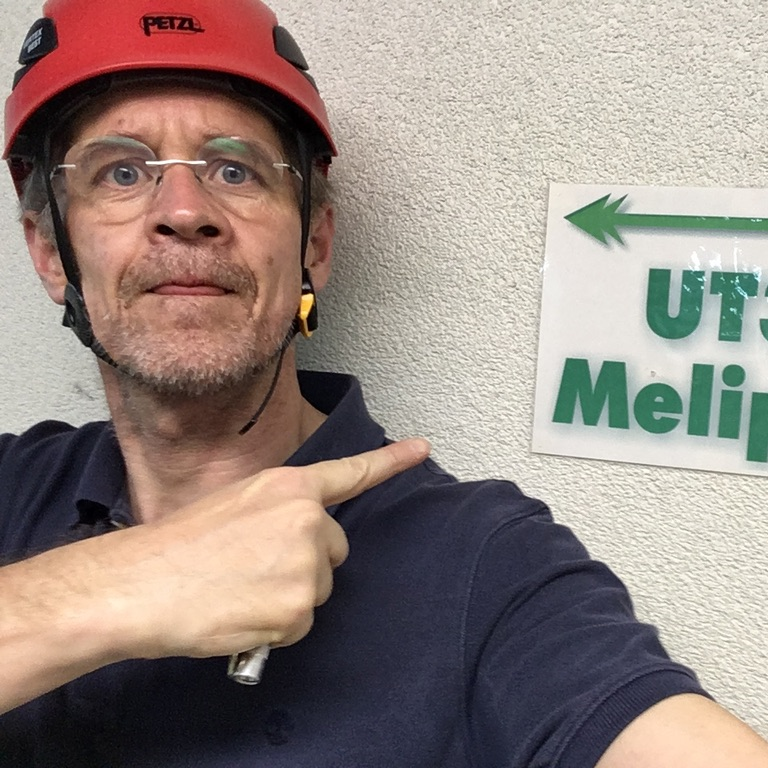 Henri Bonnet on his way to the Very Large Telescope’s third Unit Telescope — or Melipal — which means "The Southern Cross" in the indigenous Mapuche language.
Credit: ESO/Henri Bonnet
Henri Bonnet on his way to the Very Large Telescope’s third Unit Telescope — or Melipal — which means "The Southern Cross" in the indigenous Mapuche language.
Credit: ESO/Henri Bonnet

"I have an odd job title, but fundamentally my work is to establish a strategy through which the optical performance of the ELT can be controlled and to establish a path to reaching that point. I provide some of the simulation tools used by the system engineering team to monitor the impact of changes in the design of the ELT. I’m also part of the team preparing for the commissioning of the telescope — the period after the telescope is up and running, when it is being tested and verified to ensure that everything works as it should and that any small last minute issues are resolved. My days are spent working on the system that will correct for the turbulence in Earth’s atmosphere that blurs light from the Universe. I simulate the system on a computer, experiment with elements of it using an optical test bench, discuss with colleagues, and document algorithms.
When I was young, I liked physics but never felt that I had the curiosity to become a research physicist. Following a rather chaotic education and career path, I feel fortunate to have ended up in this discipline, which combines physics and maths in an experimental field
I enjoy learning from the few of our senior colleagues who have already built an observatory. Our collective experience and expertise is a significant component of the knowledge base of the ELT team, and these colleagues help us prepare for the commissioning as well as we can. The true challenges will of course be discovered in the field, but I like the spirit of adventure that comes with that. It is difficult to admit that I may be too old to be part of the ELT commissioning, but I like the idea that I am working for the next generation."
Stefano Stanghellini (Dome and Telescope Structure Project Manager)
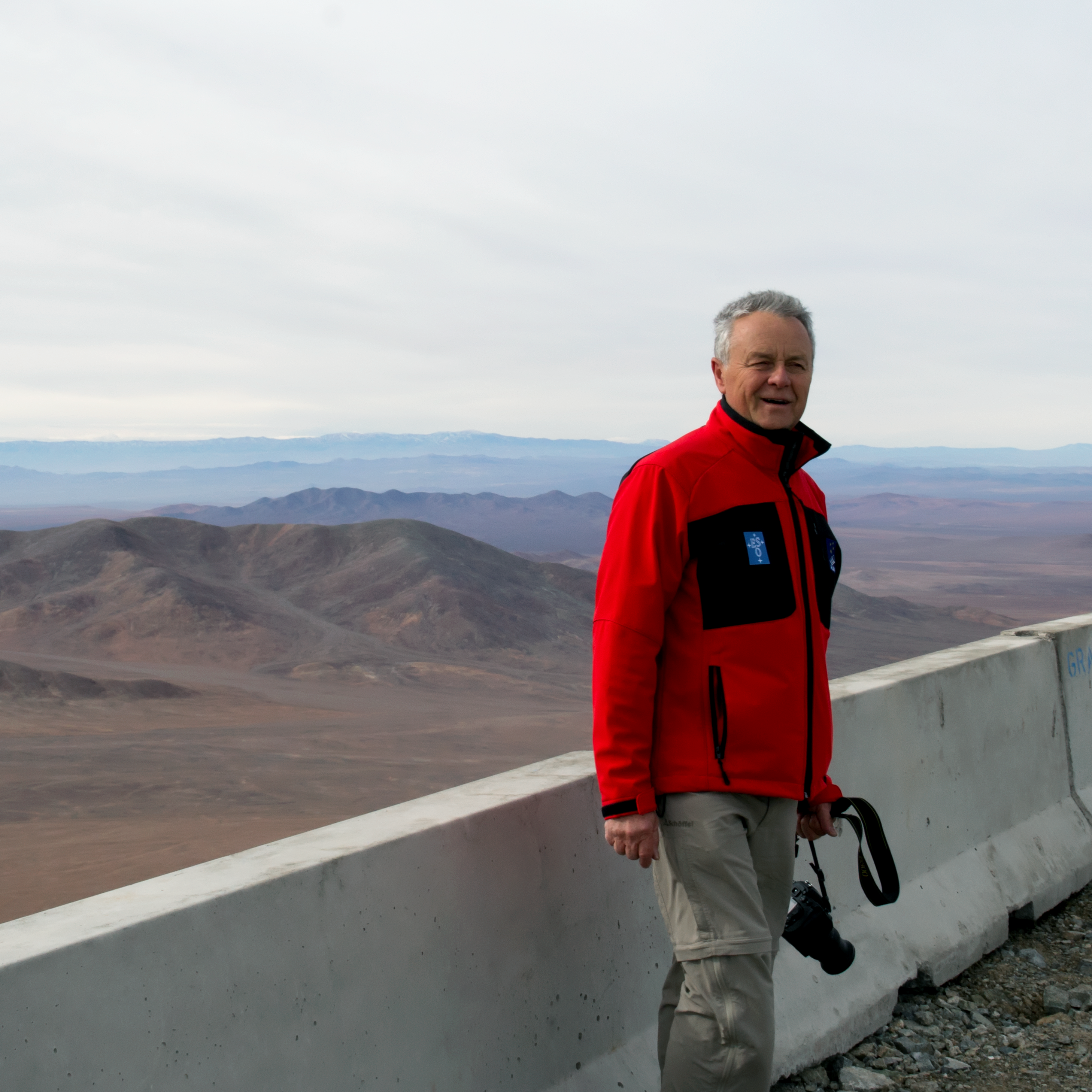 Stefano Stanghellini at Cerro Armazones site where the ELT is being constructed. The photo was taken on the occasion of the first stone ceremony in May 2017.
Credit: ESO/Stefano Stanghellini
Stefano Stanghellini at Cerro Armazones site where the ELT is being constructed. The photo was taken on the occasion of the first stone ceremony in May 2017.
Credit: ESO/Stefano Stanghellini

"I remember the first time that the primary mirror of the VLT was mounted in its mirror cell on Easter 1998. Everybody was very anxious because nobody had ever handled such a thin and delicate mirror. The mirror is attached to the mirror cell with more than 220 interface points, and all of these have to work precisely together without ever structurally stressing the mirror. There was a lot of trepidation, but thanks to the extensive studies performed and the tests done with a dummy mirror, all worked fine in the end, and the VLT became the breathtaking machine that we know today. As for the ELT, we are still in the construction phase — although the onsite excavation and the preparation of the foundations are just finishing — and the most visible achievements will be in the near future. However, the start of the procurement contract for the dome and main structure (DMS) to which I was assigned after the end of the construction of the ALMA antennas — which marked the official start of construction of the ELT — was a remarkable achievement that involved the efforts of so many.
I am responsible for following this contract, which is the largest ever signed in ground-based astronomy and involves many technical disciplines and commercial aspects. I collaborate with a large group of ESO colleagues involved in following the procurement of the DMS and ensuring its success. Success means completing the contract whilst respecting the demanding technical specifications of the DMS, the scientific requirements of the ELT, and the allocated budget and schedule.
Engineering can be found in almost everything. I actually started my career in nuclear plants and afterwards in the aircraft industry, but I got to know ESO and applied for an engineering position on the VLT, specifically in the delicate mechanics for its optical system. One may become very curious exploring new fields, and the work at ESO was accompanied by this curiosity. Today the thing I like most is to work in engineering of complex systems, where many contrasting requirements have to be combined to create the best possible final product.
I really enjoy putting my efforts into realising a state-of-the-art telescope that will hopefully enable discoveries for generations. I am also happy to see that thanks to the efforts of many, including me, this telescope — or better, this observatory — is being built and is progressing. The construction in Chile, which started just over two years ago, is fascinating and it will be amazing to see the progress of the erection of this gigantic dome and telescope."
Jimmy Arancibia (Civil Engineer)
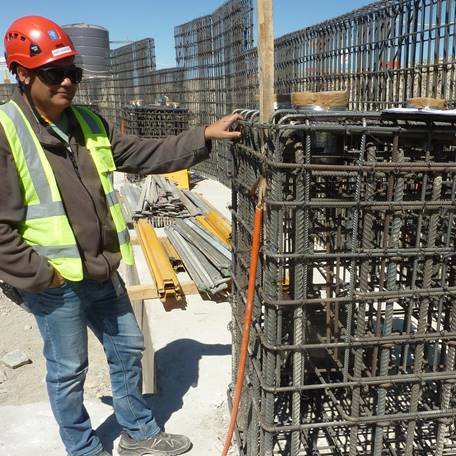 Jimmy Arancibia at the site of the ELT Armazones Top Platform, where the telescope dome and auxiliary buildings are currently being built.
Credit: ESO/Jimmy Arancibia
Jimmy Arancibia at the site of the ELT Armazones Top Platform, where the telescope dome and auxiliary buildings are currently being built.
Credit: ESO/Jimmy Arancibia

"Construction has always been one of my interests; for me, it is about materialising somebody else’s dream. I was one of the first people to arrive at the site of the ALMA Observatory in 2001. We started with exploring the site and planning the roads, then began constructing the antenna foundations located more than 5000 metres above sea level. Afterwards, we constructed the technical buildings and the residence for astronomers. These were some of the most memorable moments of my career and allowed me to greatly expand my experience in the field of engineering and construction.
Now being part of the construction of the largest telescope in the world is something that really excites me as I am passionate about astronomy. My role is to review the technical documents sent in by the construction contractor, verify that they comply with building regulations, then verify in the field that requirements are being fulfilled. One of my biggest personal achievements so far on the ELT was designing and building the Technical Facility, where the ELT's many mirrors will be cleaned and coated."
Numbers in this article
| -270 | Temperature (in degrees Celsius) of the PACS camera on ESA’s Herschel mission. |
| -200 | Temperature (in degrees Celsius) that the ELT instruments will be kept at. |
| 10 | Number of times larger the ELT instruments are than any instrument ESO has built before. |
| 12 | Number of people in the team that Juan Carlos González manages to ensure that the ELT’s science needs are properly converted into engineering requirements. |
| 220 | Number of interface points between the VLT’s primary mirror and the mirror cell. |
| 1998 | Year that the VLT’s primary mirror was first mounted in its mirror cell. |
| 2001 | Year that Jimmy Arancibia became one of the first people to arrive at the site of the ALMA Observatory. |
| 2009 | Year that ESA’s Herschel mission was launched. |
| 2017 | Year of the ELT’s first stone ceremony. |
| 5000 | Height (in metres) above sea level of the ALMA antennas. |

